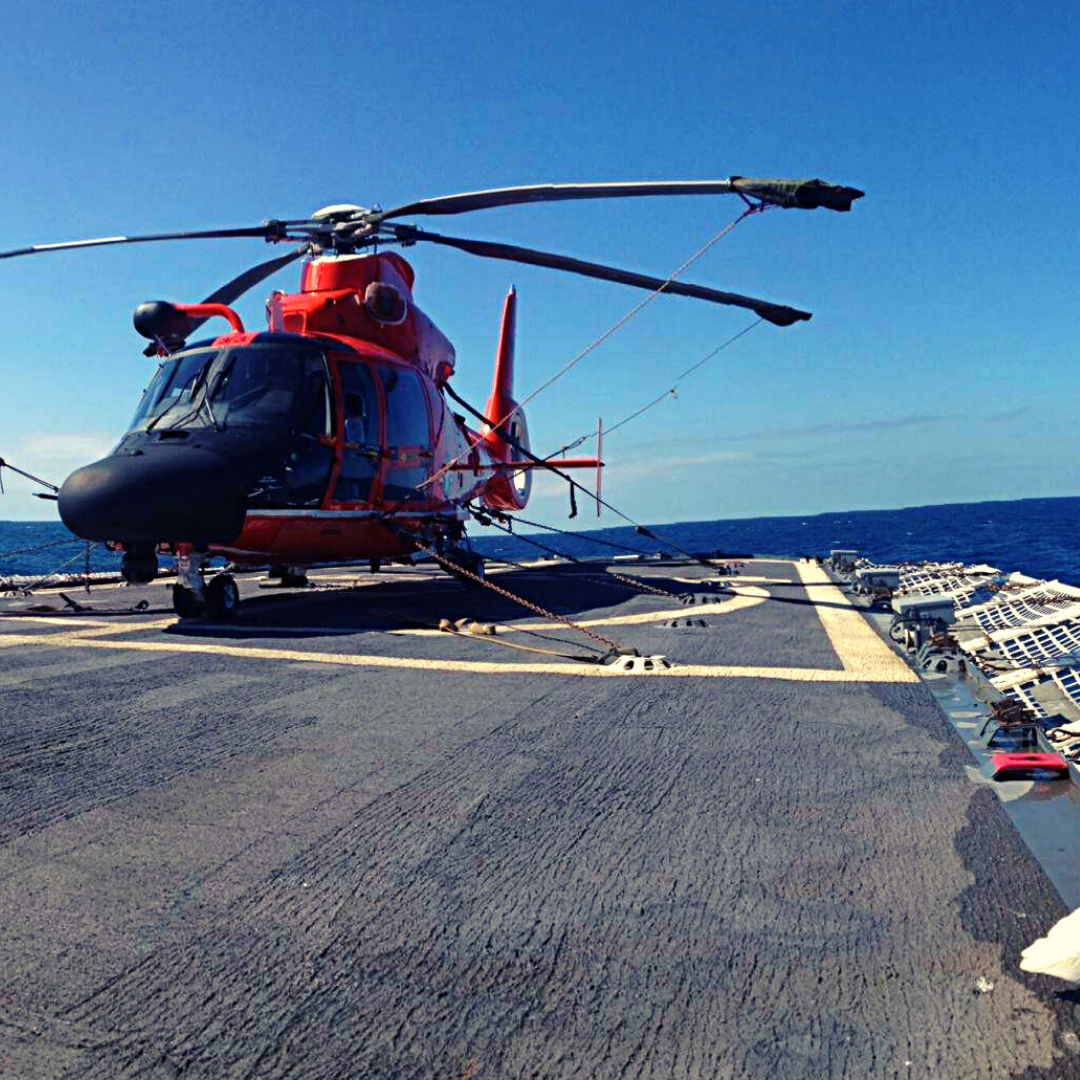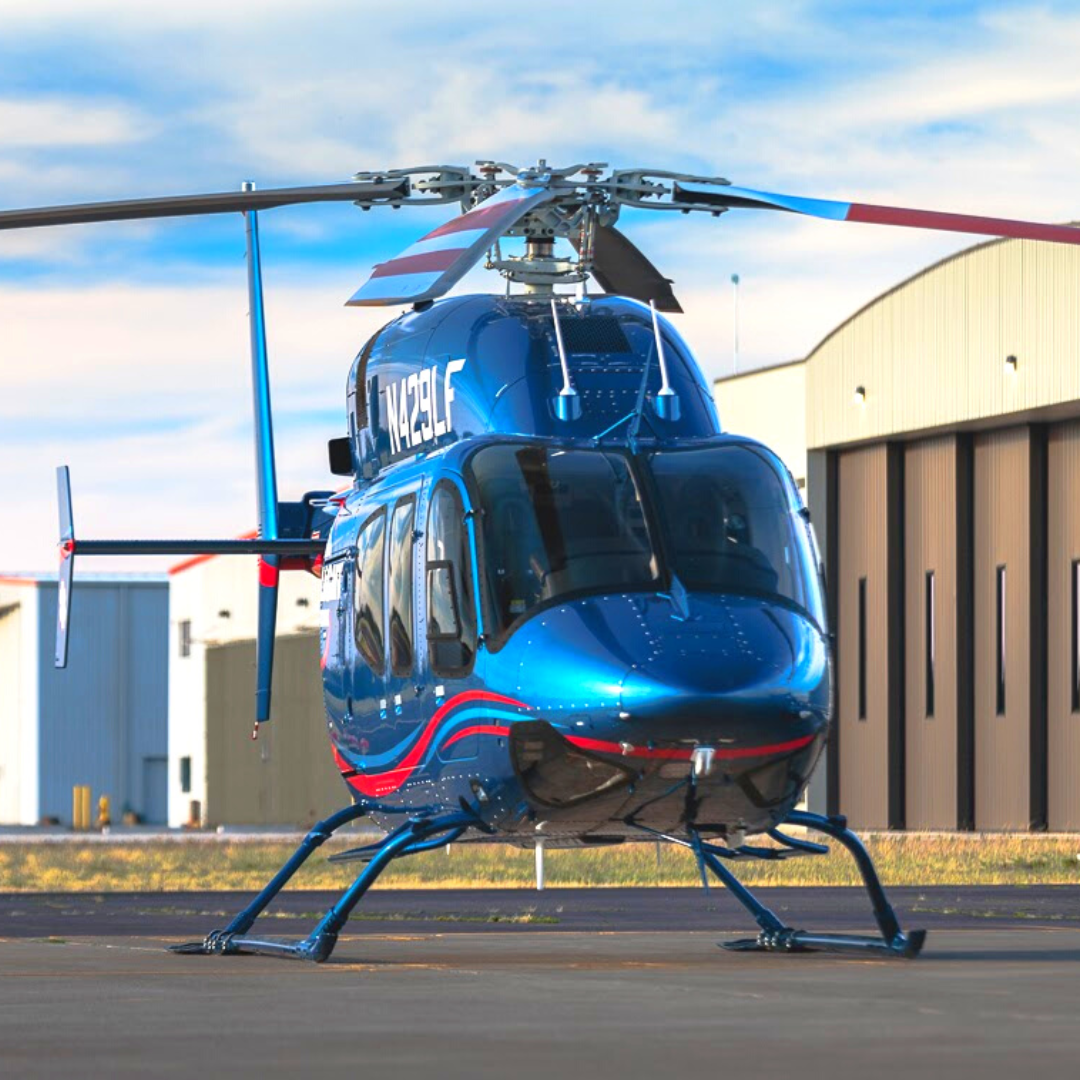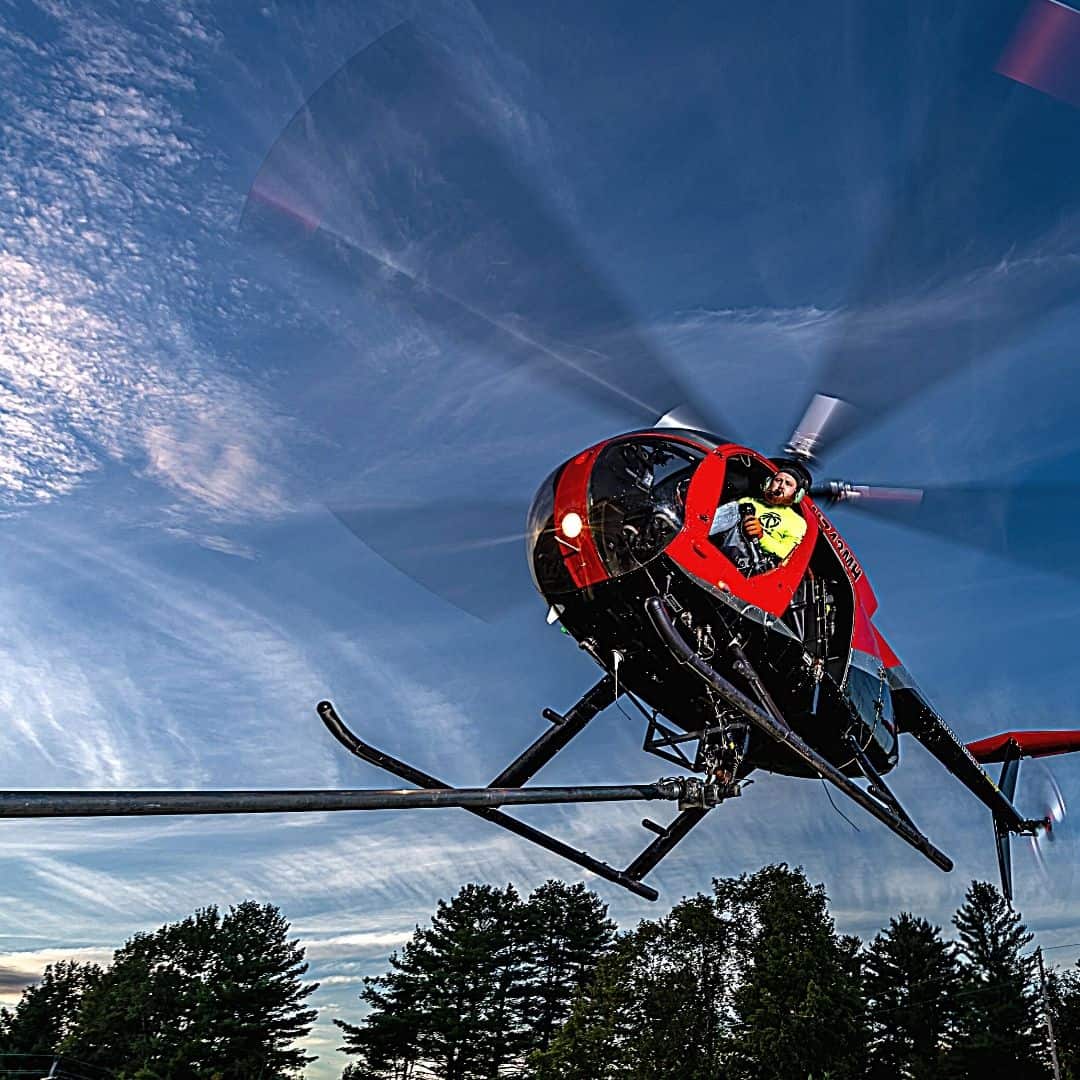The role of Aviation Safety Manager is ever-evolving and is reserved for those among us with the experience, knowledge, and skills to analyze the facts and make the difficult decisions that in the long term saves lives. Thanks to Mark Bruno for giving us a window into his role in improving our industry and the decision process that got him there.
The Rotor Break
by Mark Bruno
How did my career as a helicopter pilot lead to a desk? That is a great question!
After 9 years and just under 2300 hours flying US Coast Guard SAR, Air Security, and Training missions over most of the area East of the Mississippi River, teaching & evaluating new pilots, and continuously learning more about myself, the AS365, and the delicate balance that is our chosen profession – I found myself looking for a new role, outside the military.
I was fortunate to be selected to fill a pilot position with the Maryland State Police, and was quickly endorsed for a pilot in command upgrade. About a year later, just as I was passing 250 hours in the AW139, I found myself confronted with an unexpected choice – Continue in a helicopter seat, serving the citizens of Maryland, or make a drastic change to a desk with suits & meetings.

I was offered a position as an Aviation Safety Manager (ASM), bringing me back to the Coast Guard as a federal civilian. The move made great sense for my family and me, because my wife is an active duty Coast Guard officer, assigned to the same building I now work in. It also allows me to access credit for my active duty service time. Despite the obvious positive impact on my family life, it was still an agonizing choice. Each individual situation is different. When I left the service, a jump to the airlines did not appeal to me because of my family and the 260+ days I spent on the road in just one year flying for the Coast Guard. On the other hand, my wife used to regularly remind me that I get grumpy when I don’t fly. I say that to highlight that choosing to take a job that was specifically NOT an airborne role was not something I had considered…ever.
It may also be one of the best choices I’ve made in my life.
My primary responsibilities in my ASM role are post-mishap response and analysis, Safety Management System (SMS) development, safety program implementation, and safety officer training. I occasionally assist with non-aviation safety and environmental health activities as well, primarily the services motorcycle safety program. I work with four active duty military pilots, and four other civilian safety managers. The management organization here is slightly different from other organizations I’ve worked with, in the fact that all of the primary decision makers for our aviation enterprise all are or were active pilots. However, even with the benefit of common culture and background, this job has shown me how crucial it is to have an organizational champion that understands and can articulate the vital importance of Safety Management Systems. I won’t wear out my welcome giving you an actual play by play of sitting at a desk and reviewing reports and spreadsheets.


Click here for some more information on that rescue, as well as the NY Times feature story on it
And now -the real reason ‘The Rotor Break’ so graciously offered me this space to talk with you: Safety Management Systems.
If you have not worked in SMS before: FAA Order 8000.369B states “SMS is the formal, top-down, organization-wide approach to managing safety risk and assuring the effectiveness of safety risk controls. It includes systematic procedures, practices, and policies for the management of safety risk.” The ICAO Safety Systems Manual, 4th Edition defines it very similarly.
SMS broadly defined, has 4 components or “pillars” upon which to build a successful program:


These 4 components are further broken down into 12 functional elements. Many of you are probably already doing a quick assessment of your organization, just based on the list in Figure 1.
How many times have we heard “Safety is our Number 1 priority” or “Safety First”? I would argue “Safety Always” is probably a more sustainable attitude and more accurate. We can’t put safety first. If we did – Our aircraft would never leave the hangar because we incur risk in every mission, even the “routine” and “well planned” ones. Whatever sector of the aviation industry you work in, you have a job to do, and maintenance and support to go along with that main mission. I would suggest our goal should be to do that mission effectively, with sound risk management and a safety mindset throughout. It may seem like word play, but seeking to consider safety as an integral and pervasive part of operations, rather than a separate element that is the domain of “the safety office” makes it far more actionable.
Sound risk management requires a knowledge of what hazards exist, how to mitigate the risks posed, and when to avoid the risks altogether, either by delaying or cancelling the activities. As we consider recent mishaps in the helicopter community – Much of the discussion has centered on how a safety culture is at odds with operational goals and revenue. Sadly, mis-prioritizing these factors can lead to catastrophic ends, and creates regulatory and operational challenges for the industry as a whole. Many smart folks before me have provided a long list of “simple” things we can do – Land and Live, Just say No, Be a PIC, Upset and Recovery Training – to name a few. However, to truly use these simple messages, we must spread them to every corner of our industry. Then, with the increased awareness, we need pilots, and managers, to have proactive discussions to ensure everyone is moving the same direction.
The United States Helicopter Safety Team recently published their updated 5 year goal, an 11% reduction of fatal accidents per 100,000 flight hours. The current baseline sits at .62 accidents per 100,000 flight hours. The true goal is a 0 accident community, but this updated goal, striving for steady decreases in the rate and an industry wide commitment to working together to continuously improve is a vital step along that path. (USHST – www.ushst.org). They are one of many organizations working to help pilots, aircrew, and managers understand the hazards and develop robust systems to mitigate necessary risks, and avoid unnecessary ones. Collaboration can only help us grow a stronger safety culture across the entire industry.
So now that all that I’m done with academic stuff and down off the safety management systems soap-box – My last plug is for developing a wide skill set. We have a unique opportunity to learn a great many things that apply over many industries. The controls and terminology change from industry to industry, but the concepts of effective SMS are fairly standardized. The Board of Certified Safety Professionals offer a Safety Management Specialist, and both Associate and Certified Safety Professional certifications. There are courses for CRM instructor qualification, accident investigation, human factors, and a wealth of other topics that directly relate to aviation operations, and can be used in many other facets of life. All these non-industry specific educational opportunities can help when a pilot can’t renew a medical, or hiring patterns change. The recent COVID pandemic is fundamentally changing the airlines hiring goals and leaving many pilots who were actively making the jump to fly passengers to put their back up plans into action. These other disciplines can be that safety net.
I still look up every time I hear rotors flying over, but I think that right now – I’ve found a great spot and hope to help as many pilots as possible understand how SMS is their responsibility and their right, even if I have to do it from my standing desk learning about aircraft crash-rescue and fire-fighting standards and developing PowerPoints.
Mark Bruno is a Department of Defense and General Services Administration certified Aviation Safety Officer and holds helicopter ATP and CFI-I certificates. He currently manages U.S. Coast Guard aviation mishap response, reporting, and delivers training programs for front line safety managers and aviation leadership.
Mark was the Aircraft Commander of the US Coast Guard AS365 involved in the Carolina Queen III rescue in 2016.
Click here for some more information on the Carolina Queen Rescue , as well as the associated NY Times feature story. A video of some of that rescue is below




